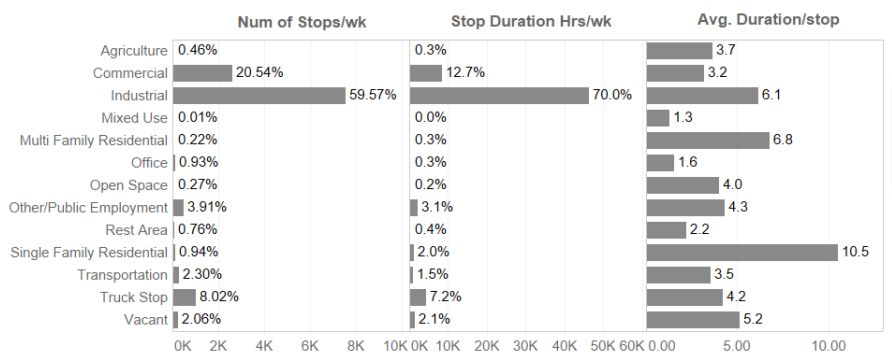The Biden administration has issued a new handbook to give state and local planning groups and private industry detailed procedures for assessing demand for truck parking and boosting parking capacity.
The 80-page publication, “Truck Parking Development Handbook,” was developed from information provided to and generated by the National Coalition of Truck Parking, a group of public and private sector officials coordinated by the Federal Highway Safety Administration.
The handbook “outlines the fundamentals of truck parking issues, factors that influence truck parking demand and options for integrating truck parking at locations where it is most needed,” said FHWA Acting Administrator Stephanie Pollack at a meeting of the coalition on Friday.
The handbook outlines strategies and case studies for developing truck parking that:
— Support safe freight transportation corridors.
— Integrate parking needs with truck demand.
— Ensure compatibility with adjacent land uses through siting and design.

Source: FHWA Truck Parking handbook/Maricopa Association of Governments, 2021.
The publication also provides information on how to conduct benefit-cost analysis and economic impact analysis of truck parking projects following U.S. Department of Transportation guidelines.
“One of the hurdles that often prevent agencies from developing or expanding truck parking capacity is the associated capital and operational costs,” the handbook states. “The cost and availability of land in urbanized areas may limit the development of privately- or publicly-owned truck parking.
“However, understanding the monetary value of parking and knowing how to quantify the safety, travel time savings, and infrastructure preservation benefits, along with the costs and to whom they accrue, may facilitate the development of safe truck parking through developments led by the public sector, the private sector, or through public-private partnerships.”
Commenting on the coalition’s meeting, Federal Motor Carrier Safety Administrator Robin Hutcheson noted that driver fatigue was a leading cause of truck crashes. “It is clear that adequate rest for drivers is foundational for safe operations,” Hutcheson said. “We have heard loud and clear from drivers — they need more places to rest and they need to be safe and secure while doing so.”
DOT also recently updated their guidance on federal funding sources eligible to states looking to boost truck parking capacity, including the $47.4 billion available in eight programs.











